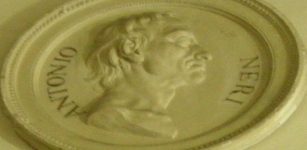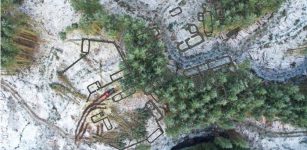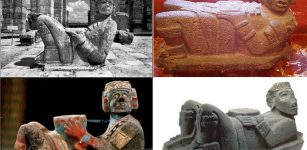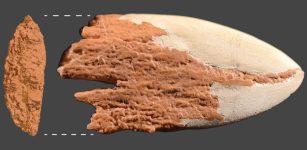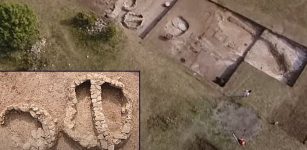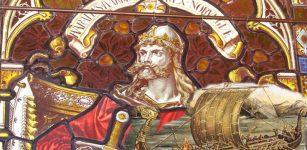Does The Shigir Idol Depict Demons And Evil Spirits?
AncientPages.com - Pulled from a peat bog in in the Ural Mountains, Russia back in 1890, the Shigir Idol is believed to be twice as old as Stonehenge and the Egyptian pyramids. Estimated to be about 11,600 years old, it is the world’s oldest wooden sculpture.
The intriguing, over-17-foot carving depicts a man with mysterious symbols inscribed on him - which scientists believe could be an ancient encrypted code. However, recently scientists have proposed the strange human-like images carved into the wood may be depictions of demons or evil spirits.
Were the carvings our ancestors’ first attempt to express the complex idea of dark, unseen forces?
As previously stated on Ancient Pages, researchers suggested the complex runes cut into the wood are encoded information about the origins of the universe from the ancient sculptor.
But perhaps the key lies in the fact that the carving has a total of seven human-like faces that may have been connected to certain myths and gods.
See also:
Evil Spirits And Demons Of Marshes And Swamps In Slavic Folklore
Lamashtu Plaque Also Known As ‘Hell Plaque’: Assyrian Healing Device Against The Evil Goddess
Utukku: Sumerian Spirit From The Underground That Obeyed The Will Of God Anu
According to Live Science, a new study published in the journal Antiquity suggests these demon carvings may have been used in rituals or were left to warn others about a certain area. They may have also been depictions of an ancient god, although that is not clear.
One of the researchers, archaeologist Thomas Terberger of Germany’s University of Göttingen, “such a big sculpture was well visible for the hunter-gatherer community and might have been important to demonstrate their ancestry.”
Unfortunately, some of those sections have since been lost, so the idol now stands about 11.1 feet (3.4 m) high, Terberger said. The public can see the carved anthropomorphic figure at the Sverdlovsk Regional Museum.
AncientPages.com



